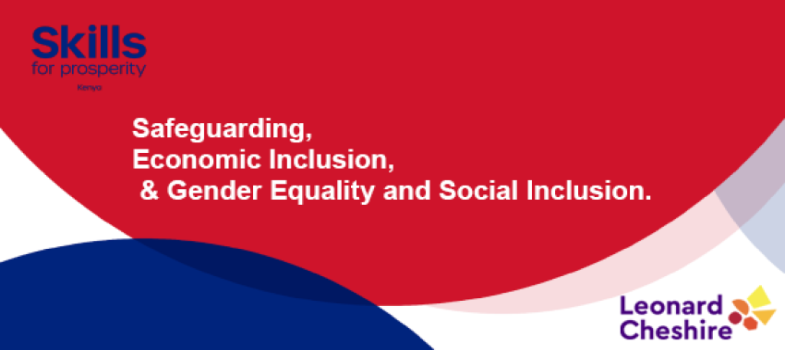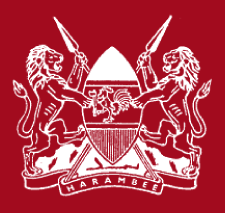2.1.3/2 Disability Inclusion

The following are attributes of disability inclusion:
i) Being accepted and recognised as an individual beyond the disability;
ii) Having personal relationships with family, friends and acquaintances;
iii) Being involved in recreation and social activities;
iv) Having appropriate living accommodation;
v) Having employment; and;
vi) Having appropriate formal and informal support.
Models of disability
The following are the main models of disabilities:
- The medical model – frames disability as a health condition or a problem within a person that needs to be fixed, and it is the responsibility of the person with the disability to fix it;
- The social model – the social model of disability frames disability as a socially created problem, but a problem resulting from the interaction between an inaccessibility / exclusionary environment and an individual’s disability;
- The human rights model – this model builds on the social model of disability and seeks to promote fair and equitable access to all areas of life, e.g. education, employment and social activities, based on disability activism and rights-based legislation like the UN Convention on the Rights of Persons with Disabilities, and;
- The charity model – under this model, persons with disabilities are treated as objects of charity and pity. Under this model persons with disabilities are considered a burden and require charitable support.
More information on different models of disability can be found here: https://www.disabledworld.com/definitions/disability-models.php.
Examples of Organizations handling disability in Kenya

| Previous | Next |






